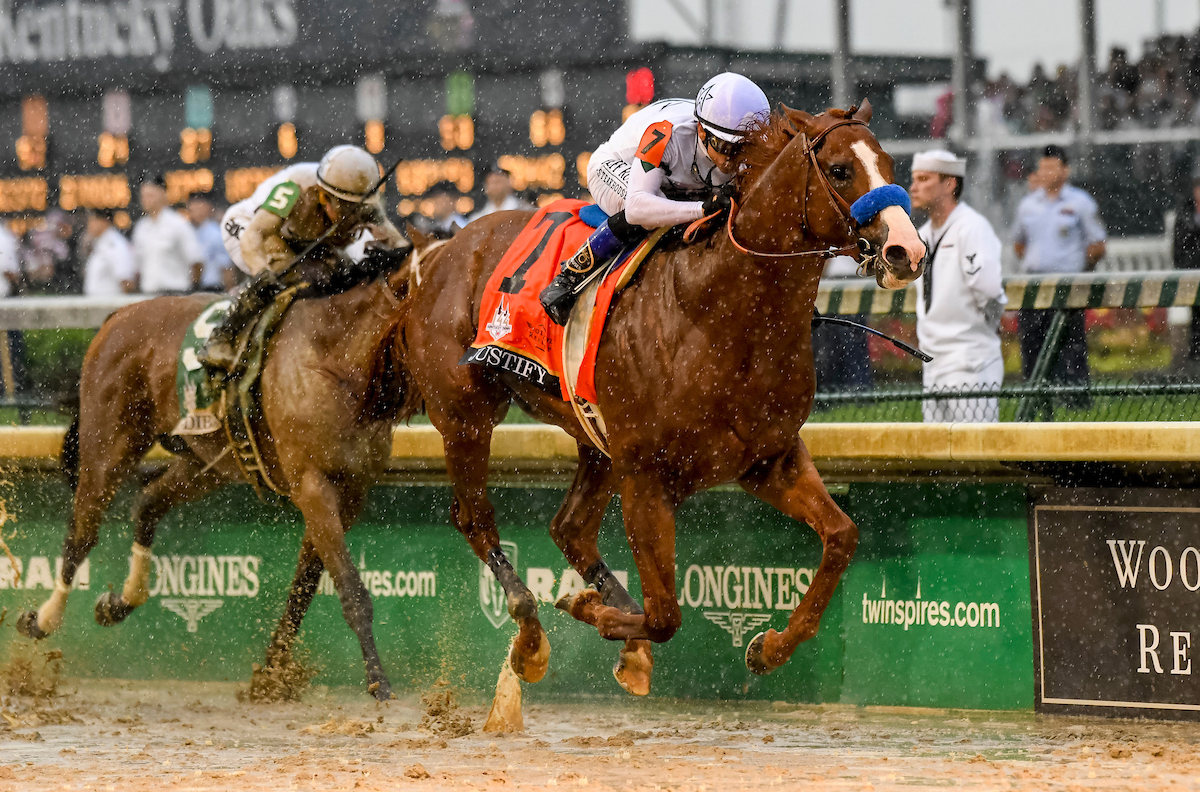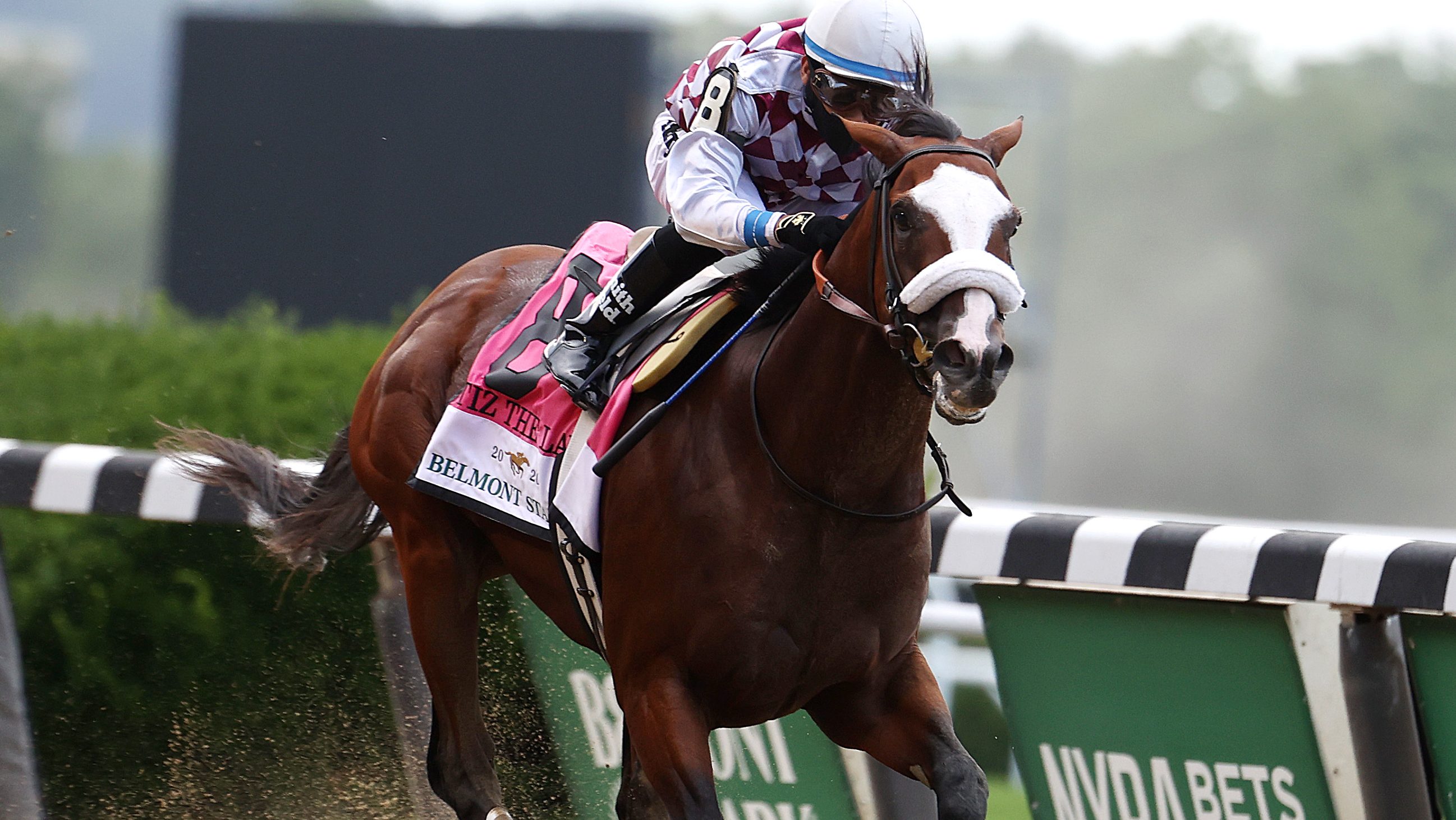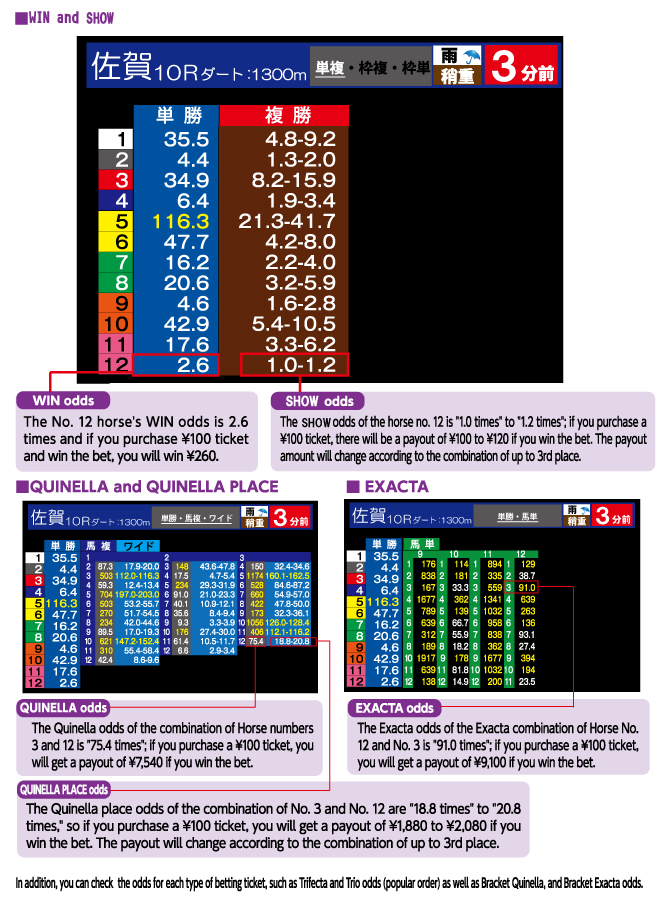Exacta Odds
Download 'Betting the Exacta' as a PDF file
Betting The Exacta
Odds are simply the way prices and payouts are shown at a horse track. The numbers displayed as 4-7 or 2-5 tell you what you pay and how much you get back if the horse you bet on wins. The first number tells you how much you could win, the second number is the amount you bet. So, if the odds are listed as 2-1, you’ll get $2 for every $1 you bet. Download 'Betting the Exacta' as a PDF file. Betting The Exacta. In horse race betting, the exacta is the 'peoples' wager, and the favorite of the average player. The amount of money bet into the exacta pool at most tracks equals or exceeds the win pool - and almost always contains far more money than any other single-race exotics pool.
In horse race betting, the exacta is the 'peoples' wager, and the favorite of the average player. The amount of money bet into the exacta pool at most tracks equals or exceeds the win pool - and almost always contains far more money than any other single-race exotics pool.
What does this tell us right away?
There is always lots of 'foolish' money in the exacta pools.
The majority of race bettors play the exacta in a helter-skelter manner at best. Probably the most common exacta play of all is the worst (almost always) possible bet one could make - boxing the two lowest odd horses. It's almost a knee-jerk reaction for many bettors to automatically include the favorite on their exacta ticket.
There are also such time-honored strategies as, 'I think I'll box the three horses with each of my kids' ages,' or 'I think I'll baseball the horses whose numbers are the last 4 digits of my social security number,' or 'I think I'll throw this 99/1 shot in with the favorite and that good-looking gray horse,' etc. etc..
That's where our profits will come from - that's the 'foolish money' we are after.
Betting for 'value' in the exacta is as important as it is for win betting. But - whereas in win betting, estimating value requires having an idea of what fair odds would be on a horse (i.e. some kind of betting line or acceptable odds parameters for your contenders), in exacta betting we can also use the tote odds as a guideline.
How does it work?
In lieu of making your own betting line, you can use the public's win odds of your two choices as compared to the projected exacta payouts. There is a mathematical formula that will tell you what a fair payout would be for each odds-pair combination. That formula is:
Bet amount (ba) divided by probability of top choice (pt) times probability of 2nd horse (ps) divided by losing probability of top horse (lpt). In the example I will give a bit later - the top horse was off at 7/1 and the 2nd horse was off at 5/1. The win probability of the top horse was 12.5% - the win probability of the second horse was 16.7% - So:
ba / (pt*(ps/lpt)) = $2 / (.125*(.167/.875)) = $84.00
Figure you need at least 10% bonus overlay to that 'fair' amount - so $92.00
How would you like to run through those calculations for a half dozen combinations or so every race!?!
Me neither!

For a printable chart (though it won't all fit on one page unless you landscape it and shrink the print size) that gives the 'useable' fair pays with a 10% overlay requirement figured in - click here:
Exacta payout chart
By 'useable' I mean - odds at which I'd suggest you consider an exacta combo bettable.
Remember that the lowest odds horses, and the highest odds horses in a race are most often bet more than they should be (bettors jumping on the favorites band-wagon, and other people playing big longshots merely hoping for a gift from heaven).
Also, keep in mind that any low-priced favorite is usually an underlay in all exactas combos.
For various reasons, race bettors are not always able to see the exacta payoffs when they need them at bet time. Below are some general guidelines for when you are not able to check the 'will-pays.' These guidelines will go a long ways towards keeping you off the over-bet and money-wasting exacta combinations:


Only put horses on top that you consider overlays in their win-odds.
Limit the lowest acceptable odds on top to 9/5 or higher.
Unless you've seen something that leads you to believe a particular high odds horse has a good chance to run well - limit high odds on bottom to 40/1 max.
Require 6/1 as a 'combined' odds minimum. Examples: if you have a 2/1 horse you're putting on top -
get 4/1 minimum odds on any you put under that one / 7/5 horse on top? - require 5/1 underneath, etc..Don't combine the first and second favorite (two lowest odds horses) regardless of their odds.
Eliminate horses that are going off at triple or more their morning line and are also at 15/1 or higher.
The key to making consistent profits with exacta betting is limiting the number of combinations bet per race.
Each losing bet increases the minimum 'fair pay' amount you need.
If you are looking for a payout of $60 as fair on a certain combination - and you are betting 6 exacta combinations in total ($2.00 wagers) - 5 of those will lose, so now you need $70 on that combination.
Another result of limiting the number of exacta combos is that (if you are using a fixed total wager amount per race) you can then redistribute the money saved onto some of the other combinations that remain.
Of course, we've all experienced (far too many times!) leaving out the winning combo - even though we had seriously considered including it. How do you go about limiting the number of combos while not throwing out the potential winning combo too often?
The best way to automatically limit that number is to have just one 'key' horse, and use it only on top.
If you then cut off the acceptable max odds on bottom to 40/1, in most fields, you'll have 8 or fewer exacta combos. Often you will want to wager two horses on top, and back-wheel one or both of them to a few others. The number of combinations starts to build again. Again - how can you limit combos to the most likely?
'Modeling' the factors that are most often seen in horses that run second at a particular track and distance will give you a 'profile' of what kind of horse to look for in the place slot.
For example: Maybe at the track you are betting, speed holds well in sprints. One of the early pace horses usually hangs on, and an off-the-pace type typically runs second. If you keep good handicapping records and have this kind of information, it will really help you narrow down your possible exacta bet combinations.
Example race -
Jan. 5th at Golden Gate - 4th race - 1 mile for maiden claimers. The field with morning line odds and final odds looked like this:
| ml | fo | |
| 1 FABULOUS RULER | 10/1 | 7/1 |
| 2 SUNDAY SUIT | 20/1 | 68/1 |
| 3 STRAW HAT CHARLIE | 3/1 | 5/1 |
| 4 PROUD FRIENDLY | 6/1 | 18/1 |
| 5 FROSTY NUGGET | 12/1 | 6/1 |
| 6 CHEERS O'GLORY | 20/1 | 56/1 |
| 7 ELATED WON | 2/1 | 1/1* |
| 8 SIDNEY BY THE C | 10/1 | 16/1 |
| 9 I THOUGHT U KNEW | 4/1 | 9/2 |
We narrowed down to 2 win contenders; # 1 and # 9. But that would give 16 possible exacta combinations with those both wheeled on top - and 32 combos if wheeled and back-wheeled to all others in the field. Obviously, this is not a strategy that can be used profitably!
You could begin to pare it down like this:
- Using the guideline of cutting off at 40/1 max on bottom eliminates # 2and # 6.
- Eliminating triple overlays (3x ml) got rid of # 4.
- Using the '6/1 combined odds' guideline gets rid of the favorite #7 under # 9.
- Our place model showed place horses most commonly weren't early pace types, but rather were horses that distributed their running energy evenly - coming from off the pace. That eliminated the favorite and # 5.
(eliminating the favorite in the second slot is great when you can do it, but remember - the favorite figures in about 55% of all winning exactas combinations - running either first or second)
So who does that leave now? Our two contenders along with #3,# 8. One of the contenders, #9, also had a matching place profile, so we used him on top and bottom. The combos then were 5 in total; 1 with 3,8,9 and 9 with 3,8. The exacta (see chart below) came - #1 with #3 and paid $91.20.
Fair exacta payout was $93, so we were loosening our demand just a wee bit - as there were 4 guaranteed losing combos.
(actually, we didn't even check the 'will pays' - we feel using the guidelines given in this article are sufficient to keep us off of most under-lay combos)
Exacta Bet Calculator
Let's say; however, that a player had a per-race exacta budget of $20. By whittling the number of combos down in a systematic way as outlined above - that player would now be able to have this payoff two times rather than once (if he'd found, say, 10 possible combos).

Charts of the race below:
| 1 | Fabulous Ruler | 1-Nose | 7.60 |
| 3 | Straw Hat Charlie | 2-2 | 5.50 |
| 5 | Frosty Nugget | 3-2 | 6.60 |
| 9 | I Thought U Knew | 4-2 | 4.90 |
| 7 | Elated Won | 5-3/4 | 1.10* |
| 8 | Sidney by the C | 6-Nose | 16.30 |
| 4 | Proud Friendly | 7-3 | 18.90 |
| 6 | Cheers O'Glory | 8-10 | 56.10 |
| 2 | Sunday Suit | 9 | 68.80 |
| 1 | Fabulous Ruler | 17.20 | 8.20 | 5.00 |
| 3 | Straw Hat Charlie | 7.00 | 4.00 | |
| 5 | Frosty Nugget | 4.20 |
| Wager Type | Winning Numbers | Payoff |
| $2 Exacta | 1-3 | $91.20 |
A few final points:
* Studies show that wheeling the favorite on top in the exacta is a 10-20% loser while back-wheeling the favorite results in a small positive ROI. If you're going to use the favorite then - use it on the bottom side of other mid-odds range contenders.
Horse Racing Exacta Odds Calculator
* A back-part/wheel (after throwing out horses that look hopelessly inadequate to today's conditions) on legitimate contenders is also usually preferable to a place bet on the same horse.
* If you are using the guidelines we've given in this article - without checking the will-pays for value - probably best to stay out of small field races in general (true for any single race exotics).
____________________
To acquire profitable unique method/s for any and all parts of your portfolio of horse betting approaches - go here: our products